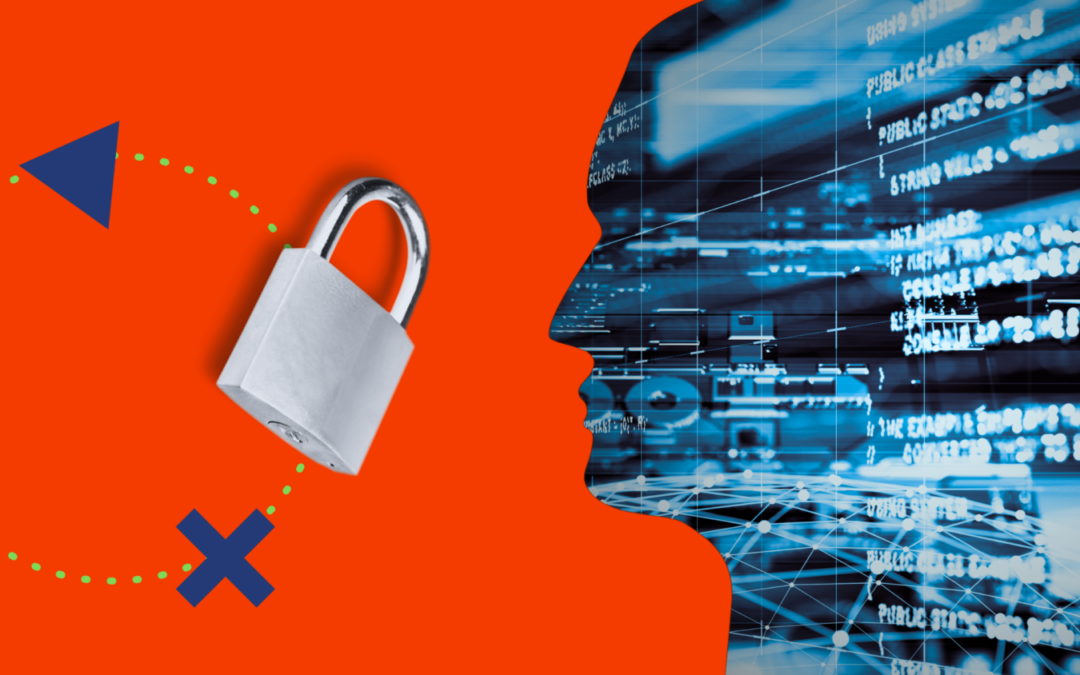In the digital landscape where security and transparency reign supreme, blockchain has emerged as a transformative force, promising immutable record-keeping and decentralized trust.
But amidst the buzz and excitement, a lingering question persists:
Can blockchain be altered?
As humans navigating the complex realm of technology, it’s natural to seek clarity on this matter. So, let’s embark on a journey to demystify the inner workings of blockchain and uncover the truth behind its purported immutability.
At its core, blockchain is a distributed ledger technology comprising a chain of blocks, each containing a cryptographic hash of the previous block, thereby forming a chronological and immutable record of transactions. This design inherently lends itself to robust security and tamper resistance.
However, the notion of immutability in blockchain is not absolute. While altering the data within a block is theoretically possible, the decentralized nature of blockchain makes it incredibly challenging, if not practically infeasible, to execute such a feat.
To comprehend why altering a blockchain is akin to a Herculean task, we must delve into its key characteristics:
Decentralization
Blockchain operates on a decentralized network of nodes, with each node storing a copy of the entire blockchain. This decentralized architecture ensures that no single entity has control over the entire network, making it exceedingly difficult for any malicious actor to tamper with the data without consensus from the majority of nodes.
Cryptography
Blockchain relies heavily on cryptographic algorithms to secure its data. Each block contains a cryptographic hash, which serves as a unique fingerprint of the block’s data. Any alteration to the data within a block would result in a change in its hash, disrupting the chain of hashes and alerting the network to foul play.
Consensus Mechanisms
Blockchain networks employ various consensus mechanisms, such as Proof of Work (PoW) or Proof of Stake (PoS), to achieve agreement among nodes regarding the validity of transactions. These mechanisms require participants to expend computational resources or stake cryptocurrency, thereby disincentivizing malicious behavior.
Despite these formidable barriers, it’s essential to acknowledge that no system is entirely impervious to attacks. In the realm of blockchain, potential vulnerabilities such as 51% attacks, where a single entity gains control of the majority of network hash power, pose a theoretical risk to immutability.
Furthermore, the concept of forking in blockchain, where diverging versions of the blockchain emerge due to consensus disagreements, introduces a degree of flexibility that challenges the notion of absolute immutability. However, such forks are typically resolved through community consensus, with the original chain remaining intact in most cases.
Conclusion
while blockchain offers unparalleled security and immutability compared to traditional centralized systems, it is not immune to manipulation. The decentralized nature, cryptographic safeguards, and consensus mechanisms inherent in blockchain make altering its data a highly improbable endeavor.
As we continue to navigate the evolving landscape of technology, understanding the nuances of blockchain’s immutability empowers us to harness its transformative potential while remaining vigilant against potential threats.
So, the next time someone asks, “Can blockchain be altered?” – remember, while the possibility exists in theory, the practical hurdles and safeguards woven into blockchain’s fabric make altering it a herculean task, reinforcing its status as a stalwart guardian of digital trust and integrity.

